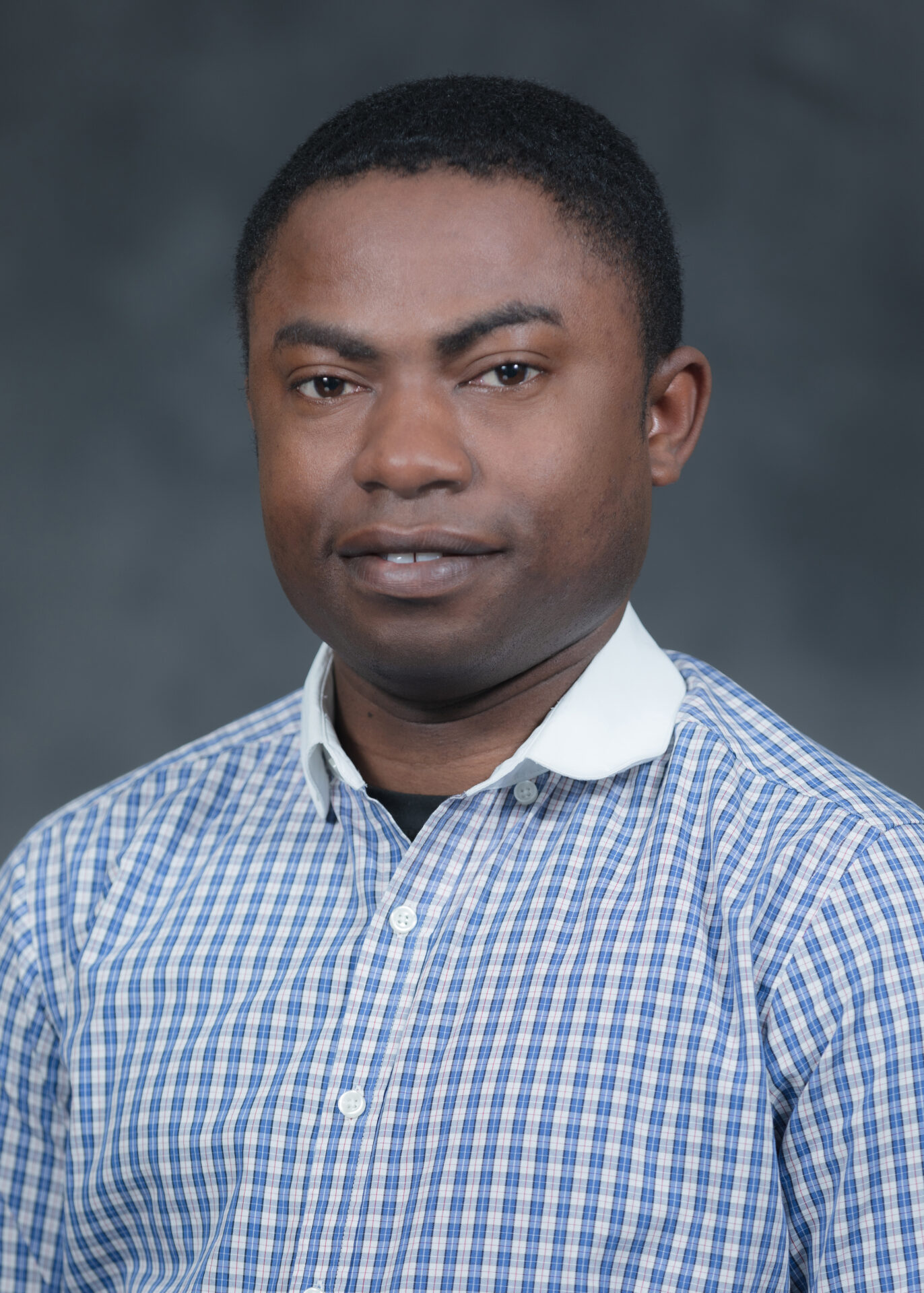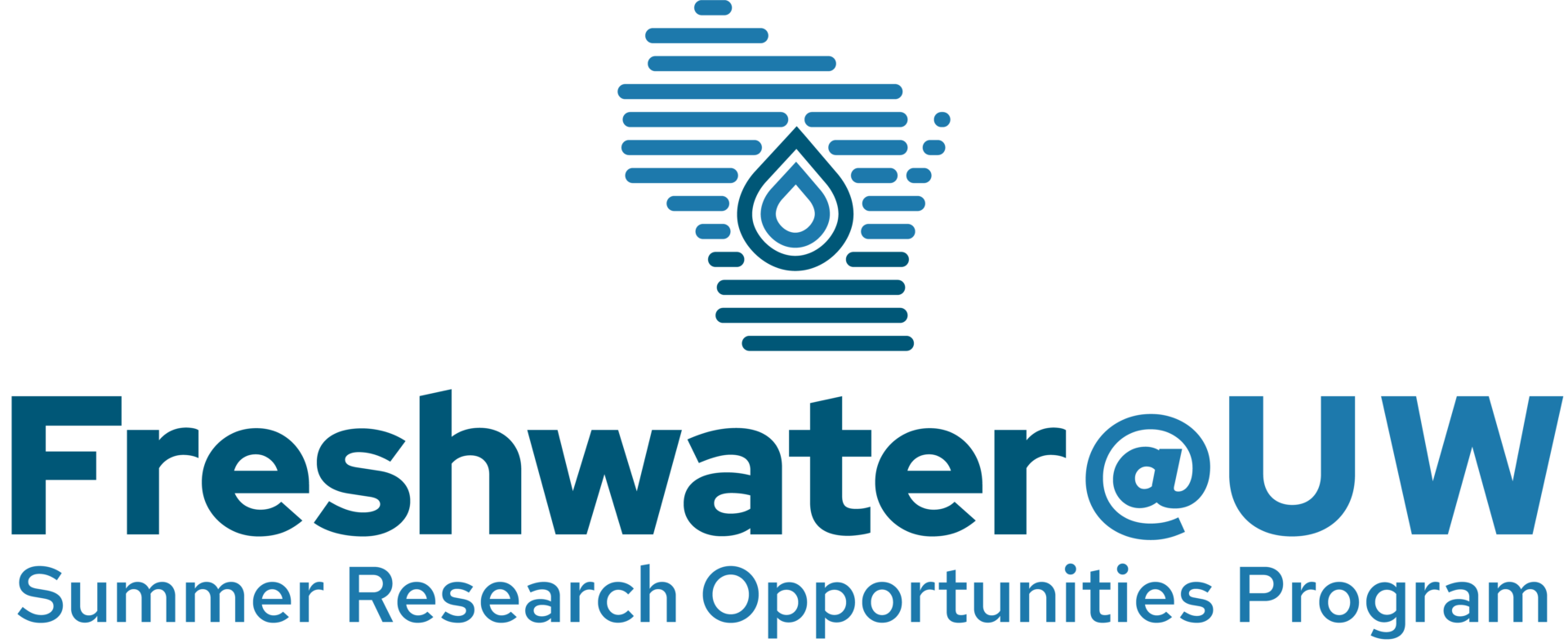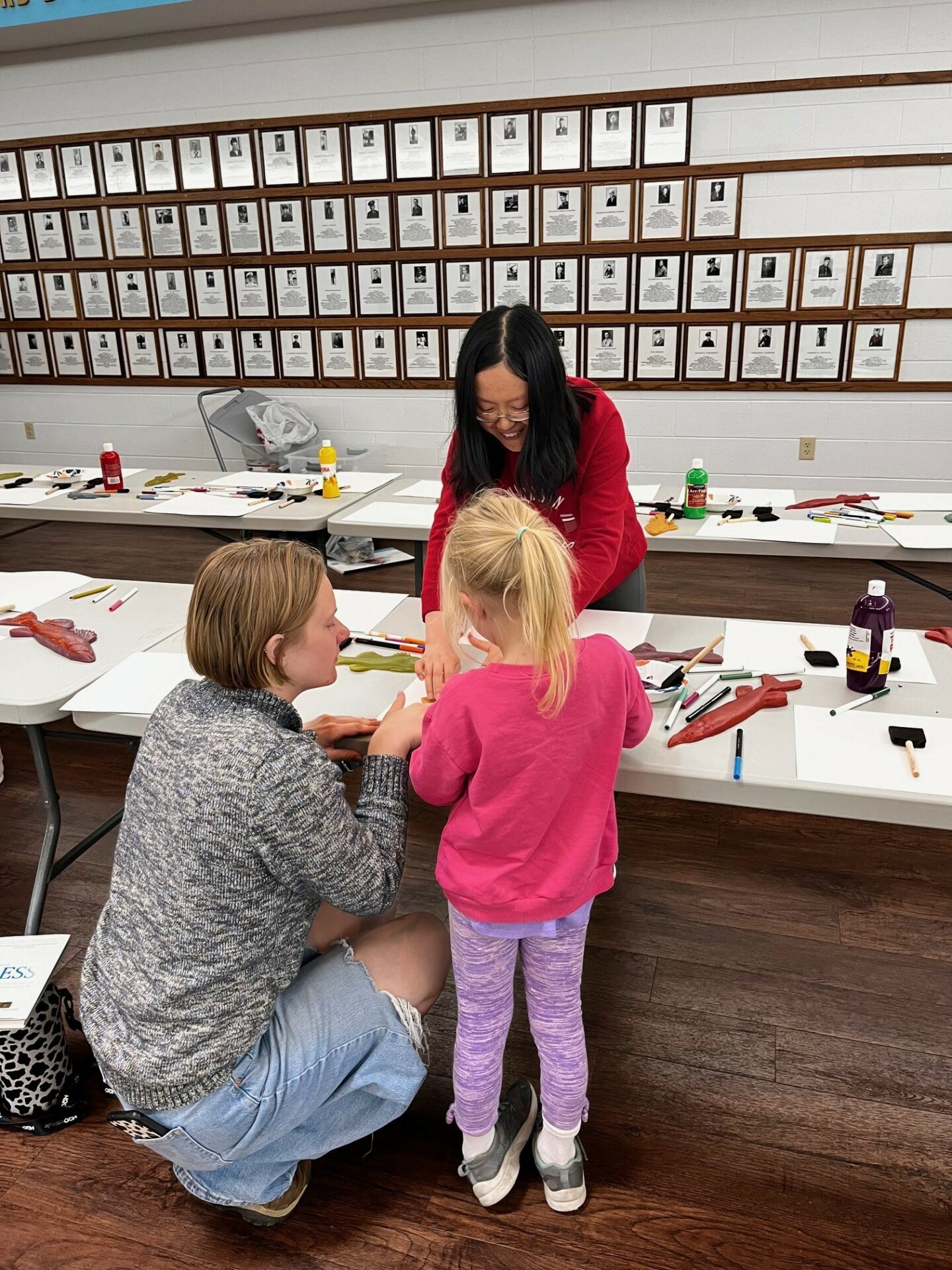Assessing the Global Climate in August 2024
NCEI News Feed
https://www.ncei.noaa.gov/news/global-climate-202408
NCEI News Feed
https://www.ncei.noaa.gov/news/global-climate-202408
NCEI News Feed
https://www.ncei.noaa.gov/news/global-climate-202408
NCEI News Feed
https://www.ncei.noaa.gov/news/global-climate-202408
NCEI News Feed
https://www.ncei.noaa.gov/news/global-climate-202408
NCEI News Feed
https://www.ncei.noaa.gov/news/global-climate-202408
NCEI News Feed
https://www.ncei.noaa.gov/news/global-climate-202408
NCEI News Feed
https://www.ncei.noaa.gov/news/global-climate-202408
NCEI News Feed
https://www.ncei.noaa.gov/news/global-climate-202408
NCEI News Feed
https://www.ncei.noaa.gov/news/global-climate-202408
NCEI News Feed
https://www.ncei.noaa.gov/news/global-climate-202408
NCEI News Feed
https://www.ncei.noaa.gov/news/global-climate-202408
NCEI News Feed
https://www.ncei.noaa.gov/news/global-climate-202408
NCEI News Feed
https://www.ncei.noaa.gov/news/global-climate-202408
NCEI News Feed
https://www.ncei.noaa.gov/news/global-climate-202408
NCEI News Feed
https://www.ncei.noaa.gov/news/global-climate-202408
NCEI News Feed
https://www.ncei.noaa.gov/news/global-climate-202408
NCEI News Feed
https://www.ncei.noaa.gov/news/global-climate-202408
NCEI News Feed
https://www.ncei.noaa.gov/news/global-climate-202408
NCEI News Feed
https://www.ncei.noaa.gov/news/global-climate-202408
NCEI News Feed
https://www.ncei.noaa.gov/news/global-climate-202408
NCEI News Feed
https://www.ncei.noaa.gov/news/global-climate-202408
NCEI News Feed
https://www.ncei.noaa.gov/news/global-climate-202408
For many staff at Sea Grant, summer means working with students out in the field and in the office. The energy these students bring alongside the warm, long days makes the season a rich time to learn, collaborate and try new things.
Each year, we’re thankful for our students’ enthusiasm, ideas and hard work. And each year when September arrives with a suspiciously cool breeze, we can’t help but wonder: Where did the time go?
For our students, it was well spent on some impressive projects.

Samuel Adeapin worked on green stormwater infrastructure. Submitted photo.
Graduate student Samuel Adeapin worked alongside Sea Grant’s David Hart and Ed Boswell with the Department of Planning and Landscape Architecture at UW–Madison to inventory, design and evaluate scenarios for green stormwater infrastructure. Adeapin worked with Hart as part of his capstone project for the Nelson Institute’s Environmental Observation and Informatics program.
Green stormwater infrastructure captures, slows and cleans stormwater using nature-based practices, like rain gardens or green roofs. Adeapin used GIS software to assess the benefits, costs and effectiveness of existing green stormwater projects near Willow Creek on the west side of UW–Madison’s campus.
“It’s exciting to see how geodesign can be used to create more resilient urban environments,” Adeapin said. “The potential to make a tangible impact on the community by improving stormwater management and reducing pollution is highly motivating.”
His biggest challenge was learning how to use the suite of complex and ever-changing software tools to design and evaluate the green stormwater infrastructure on the landscape. “However, [it] has also been a valuable learning experience,” he said.
Overall, his summer with Sea Grant has solidified his interest in working in the geospatial technology and remote sensing fields.
“I am also considering pursuing a Ph.D. in a field that allows me to apply my knowledge and contribute to sustainable environmental solutions,” said Adeapin.

Abbie Brown takes photos out in the field. Photo: Wisconsin Sea Grant
As a communication arts major with a background in theater, Abigail Brown is used to working with a script. Shots and scenes are planned and practiced; the shape of the story is already set. Filming researchers in the field, however, requires bit more improvisation.
“You’re not in a controlled environment where you can redo things over and over,” said Brown. “You’re not sure what you’re going to get.”
This summer, Brown worked as a video production intern with Sea Grant’s Bonnie Willison, making short videos about students in the Freshwater@UW program and funded research projects. She accompanied Willison on shoots across Wisconsin and filmed in canoes, potato fields and labs, making sure to capture both the science and scientist.
“I just think that’s a little more interesting for me to try to get their personality and their character into the video even if it’s a 40-second video. That type of challenge is cool,” she said.
Brown also practiced a new skill: photography. She covered several field excursions, including a fish farm tour and the Freshwater@UW Summer Research Symposium. Capturing still images in these different environments presented opportunities to hone her craft. “Framing and the lighting are the two big things that I’m trying to focus on,” she said.
The internship also helped Brown better envision a future behind the camera. “I think [the internship] has given me a better understanding of what this sort of career can look like,” said Brown, citing that not all those with a film degree go on to make movies. Some work in education, marketing, advertising or nonprofits.
“There [are] so many other directions you can go,” she added. “Everyone wants videos and pictures of what they’re doing.”
That includes Sea Grant. We are lucky that Brown will continue to work with us this fall.

Lucy Murdock worked on a variety of design projects. Submitted photo.
A summer with Sea Grant offered graphic design major Lucy Murdock something her coursework did not: clients.
“For the first time, I’m making something for someone,” she said.

Murdock designed the new Freshwater@UW logo.
Murdock worked with Sarah Congdon, Wisconsin Sea Grant’s creative manager, on a variety of design projects including a journal cover, event posters, a bookmark and social media graphics. She also created a logo for the Freshwater@UW Summer Research Opportunities Program.
“That was a big project because we went through four different versions,” said Murdock. It was also a project she saw from beginning to end, from facilitating discussions about the client’s needs to designing mockups and making revisions. Murdock also developed a brand guide that outlines how to use the logo.
“I’ve done projects like this in class before, very similar ones, but having it in a professional environment and actually existing in the world is super exciting,” said Murdock.
Murdock also learned about accessibility and UX design, which will set her up for her next position: a graphic design intern with UW–Madison’s Master of Science in Design + Innovation program.

Celeste Qin (behind the table) helps two participants with fish printing. Photo: Anne Moser
When asked what she learned after a summer of working at the Wisconsin Water Library, UW–Madison junior Celeste Qin replied, “Great Lakes science. And the jokes about fish.”
Qin had ample time to get hooked on fish puns while traveling with librarian Anne Moser and last year’s intern, India Bleu-Niehoff, to deliver outreach programming at libraries across the state. The team taught children about Great Lakes fish and shipwrecks and led hands-on activities like fish printing.
“I’m glad that all the children I have been working with are very cooperative,” Qin laughed.
It was this community engagement aspect that drew Qin, a computer science and data science major, to this opportunity. “I think it’s a good way to connect,” she said. “And it’s hard to replicate these experiences when you are in the college.”
In addition to outreach, Qin also brainstormed programming ideas for the one book, one community project, Great Lakes, Great Read, and the Maadagindan! Start Reading! book club. She also prepared a collection of Wisconsin water research reports for the UW Digital Collections by updating entries with correct and consistent metadata.
Qin, like Bleu-Niehoff before her, also participates in the Information Specialist Intern Program, which provides opportunities for students to explore different facets of the information and library services profession. Their time together provided opportunities for mentorship and connection.
“I’m still looking to combine my background in computer science and data science to fit in the library,” said Qin, “and I think I will find a way to make it work.”
The post Reflecting on a summer at Sea Grant first appeared on Wisconsin Sea Grant.
News Releases | Wisconsin Sea Grant
News Releases | Wisconsin Sea Grant
https://www.seagrant.wisc.edu/news/reflecting-on-a-summer-at-sea-grant/
On Monday, Michigan Technological University launched the pioneering mission of an Autonomous Surface Vessel. Data supplied by its high-resolution sonar will aid in mapping the Great Lakes, assessing repair needs of underwater structures like harbors and bridges, and keeping shipping channels clear. It is also expected to locate multiple archaeological sites from the more than 200 never-found Lake Superior shipwrecks to remnants of civilizations that lived on the shores of a much smaller lake a thousand years ago. Read the full story by Second Wave Michigan.
Great Lakes Commission
https://www.glc.org/dailynews/202409011-autonomousvessel-greatlakes-map
City officials in Norton Shores, Michigan, have approved a contract to start work on a new path connecting two parks along the Lake Michigan shoreline. The Lake Harbor Trail will connect P.J. Hoffmaster State Park with Lake Harbor Park, using a new 8-foot-wide path. Read the full story by WOOD-TV – Grand Rapids, MI.
Great Lakes Commission
https://www.glc.org/dailynews/202409011-trail-connecting-lake-michigan
A $2 billion cleanup in Lake Superior to address pollution from historical copper mining is still in the works. Stamp sands are a waste byproduct from processing copper, and off the Keweenaw Peninsula, they cover 1,426 miles of shoreline and lake bottom, partially suffocating a natural reef. A plan to dredge all stamp sands from the bay and truck the material to a nearby landfill is still in its early stages. Read the full story by WCMU – Mount Pleasant, MI.
Great Lakes Commission
https://www.glc.org/dailynews/202409011-buffaloreef-cleanup-decadeslong-project
The Cheboygan Lock, which provides access between Lake Huron and Michigan’s Inland Waterway for recreational and commercial watercraft, will close for much of the fall and winter for restoration work and reopen in late spring 2025. Read the full story by the Detroit Free Press.
Great Lakes Commission
https://www.glc.org/dailynews/202409011-cheboygan-lock-temporarilyclosed
Every September, Michigan’s rivers and streams burst with life as tens of thousands of salmon make their annual migration from the Great Lakes. This natural event, rooted in decades of deliberate fishery management, provides a significant economic and ecological impact in the state. Read the full story by the Manistee News Advocate.
Great Lakes Commission
https://www.glc.org/dailynews/202409011-wildlife-michigan-salmon
The Army Corps of Engineers is expected to deliver its flood mitigation results for the Huron River by the end of September. The results are based on four years of data collected by the group “Residents Working Against Huron River Flooding.” Read the full story by WHMI – Howell, MI.
Great Lakes Commission
https://www.glc.org/dailynews/202409011-armycorp-flood-mitigation-huron-river
Researchers at the University of Wisconsin-Madison who have studied invasive species in lakes for decades published a summary of key findings in the journal BioScience in August. In their recent analysis, the authors presented broad takeaways from their past research, reasoning that understanding the proliferation and impacts of invasive species in the lakes can inform policies and management strategies. Read the full story by Wisconsin Public Radio.
Great Lakes Commission
https://www.glc.org/dailynews/202409011-um-madison-invasivespecies-wisconsin

By Izzy Ross, Grist
This story was originally published by Grist. Sign up for Grist’s weekly newsletter here.
This coverage is made possible through a partnership with Grist and Interlochen Public Radio in Northern Michigan.
Last year, Michigan became one of the latest states to adopt a clean energy standard, passing sweeping legislation that calls for utilities there to use 100 percent clean electricity by 2040 and sets targets for renewable energy development, among other requirements.
Great Lakes Now
https://www.greatlakesnow.org/2024/09/michigans-ambitious-clean-energy-laws-face-peninsula-sized-hurdle/

By Kelly House, Bridge Michigan
The Great Lakes News Collaborative includes Bridge Michigan; Circle of Blue; Great Lakes Now at Detroit Public Television; Michigan Public, Michigan’s NPR News Leader; and The Narwhal who work together to bring audiences news and information about the impact of climate change, pollution, and aging infrastructure on the Great Lakes and drinking water.
Great Lakes Now
https://www.greatlakesnow.org/2024/09/palisades-nuclear-relaunch-gets-more-subsidies-in-michigan-more-backlash/

By Native News Online Staff, Native News Online
This article originally appeared on Native News Online. Founded in 2011, Native News Online reaches millions of Native and non-Native readers annually including American Indians, Alaska Natives, Native Hawaiians and others interested in Native American concerns.
Great Lakes Now
https://www.greatlakesnow.org/2024/09/gun-lake-tribe-releases-lake-sturgeon-into-kalamazoo-river-for-2024-nme-celebration/
NCEI News Feed
https://www.ncei.noaa.gov/news/national-climate-202408
NCEI News Feed
https://www.ncei.noaa.gov/news/national-climate-202408
NCEI News Feed
https://www.ncei.noaa.gov/news/national-climate-202408
NCEI News Feed
https://www.ncei.noaa.gov/news/national-climate-202408
NCEI News Feed
https://www.ncei.noaa.gov/news/national-climate-202408
NCEI News Feed
https://www.ncei.noaa.gov/news/national-climate-202408
NCEI News Feed
https://www.ncei.noaa.gov/news/national-climate-202408
NCEI News Feed
https://www.ncei.noaa.gov/news/national-climate-202408
NCEI News Feed
https://www.ncei.noaa.gov/news/national-climate-202408
NCEI News Feed
https://www.ncei.noaa.gov/news/national-climate-202408
NCEI News Feed
https://www.ncei.noaa.gov/news/national-climate-202408
NCEI News Feed
https://www.ncei.noaa.gov/news/national-climate-202408
NCEI News Feed
https://www.ncei.noaa.gov/news/national-climate-202408
NCEI News Feed
https://www.ncei.noaa.gov/news/national-climate-202408
NCEI News Feed
https://www.ncei.noaa.gov/news/national-climate-202408
NCEI News Feed
https://www.ncei.noaa.gov/news/national-climate-202408
NCEI News Feed
https://www.ncei.noaa.gov/news/national-climate-202408